You can trust Cyclingnews
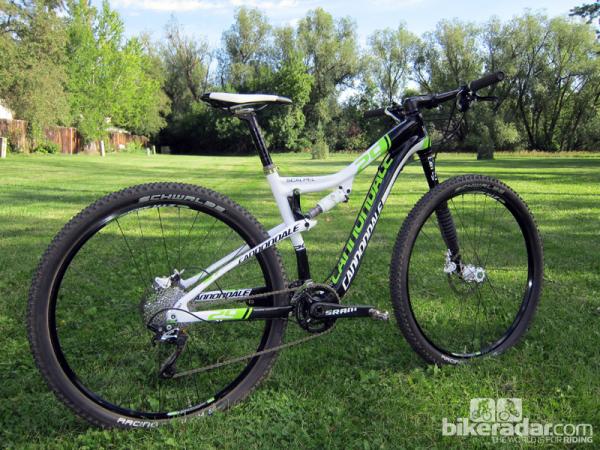
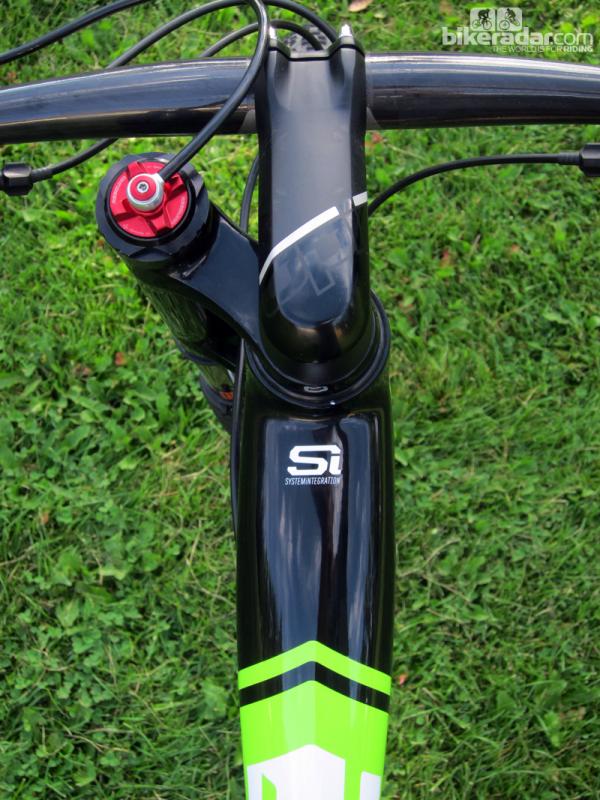
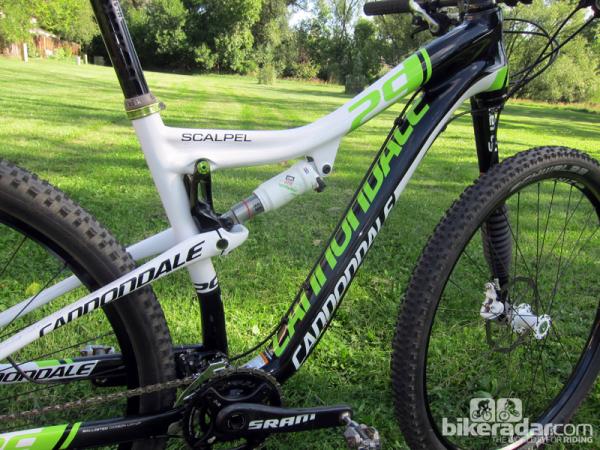
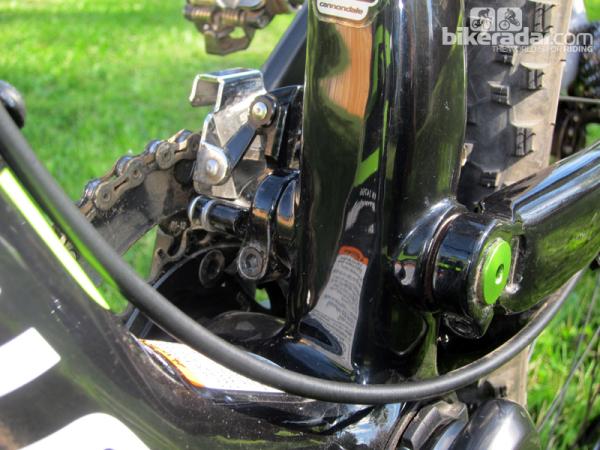
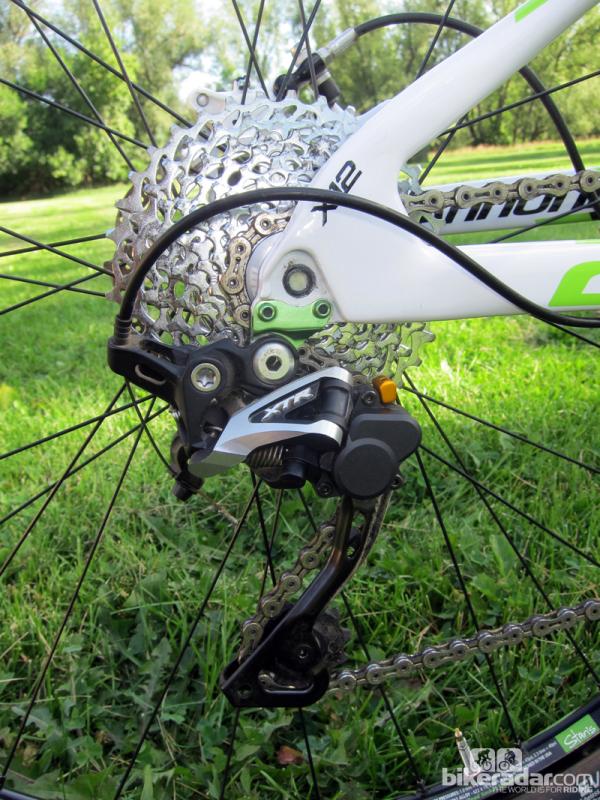

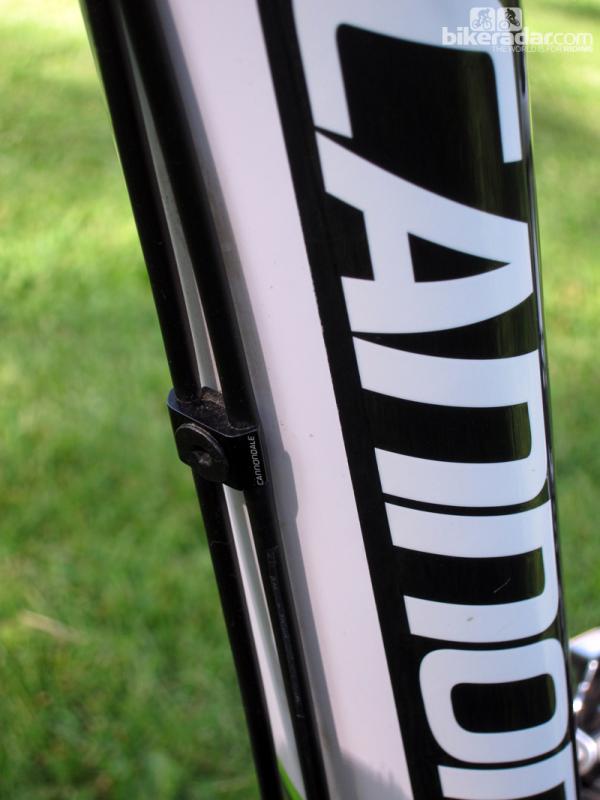




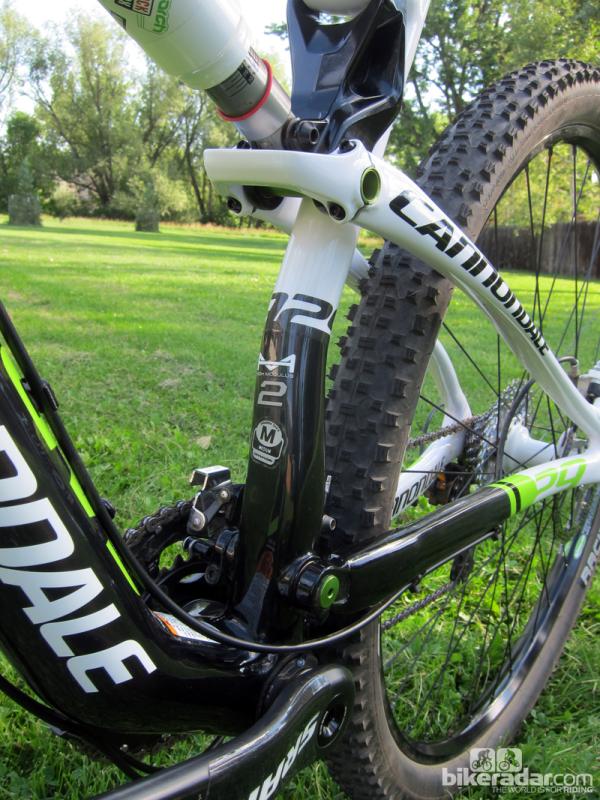

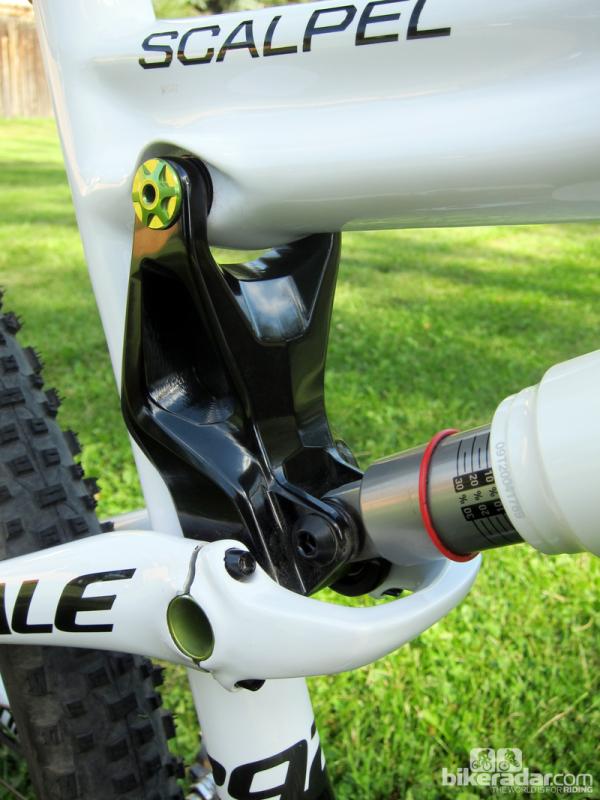
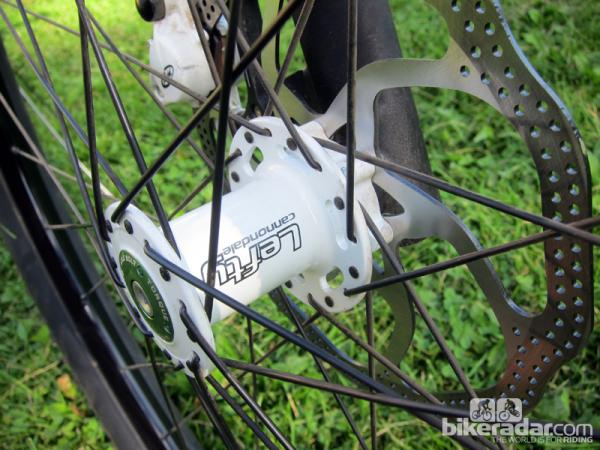
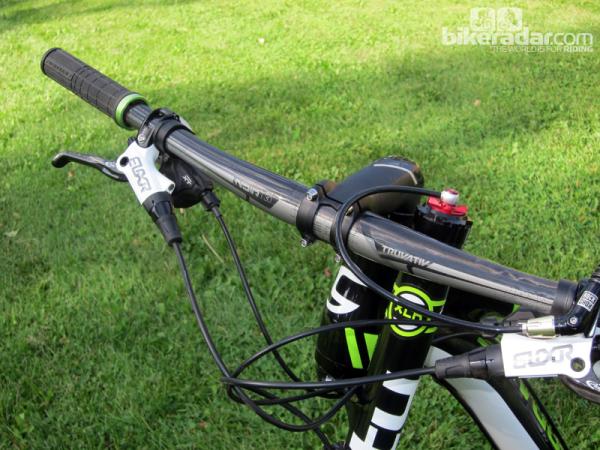

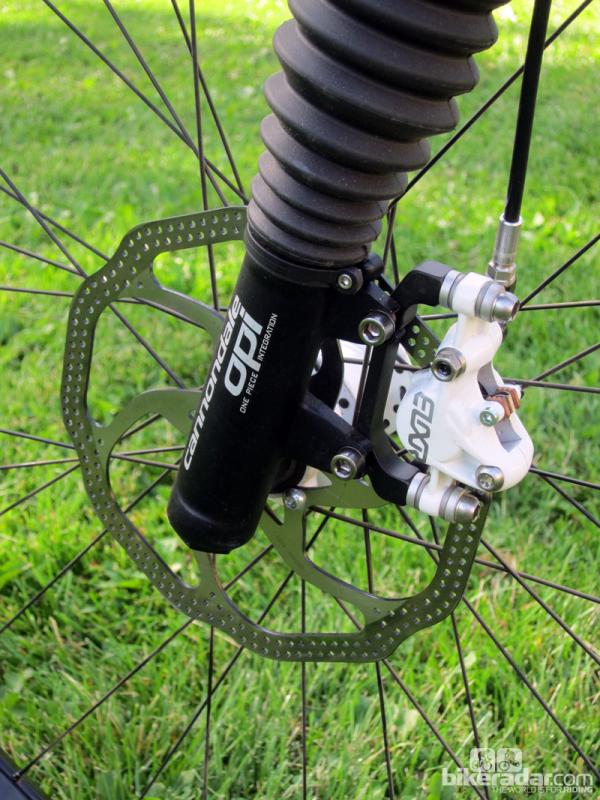

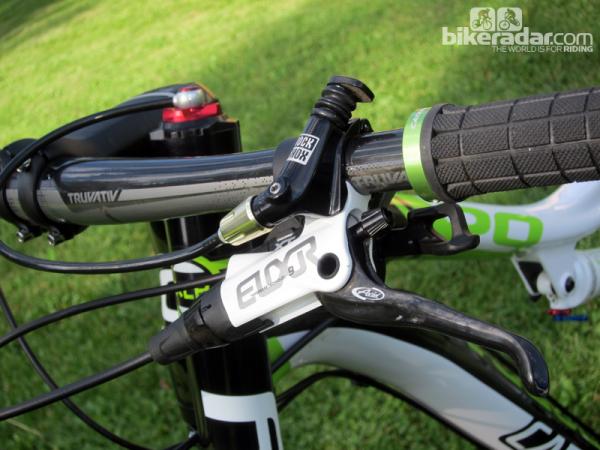

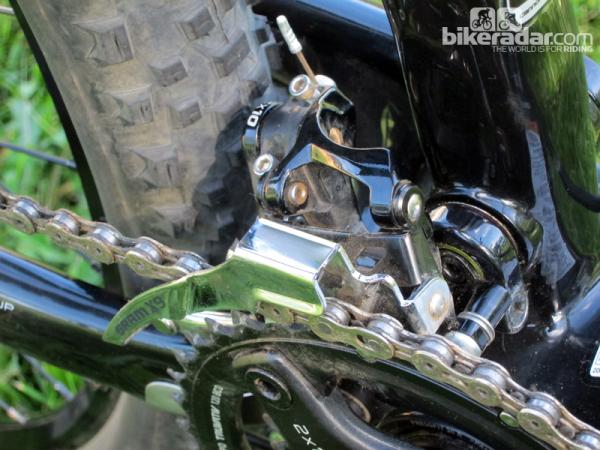

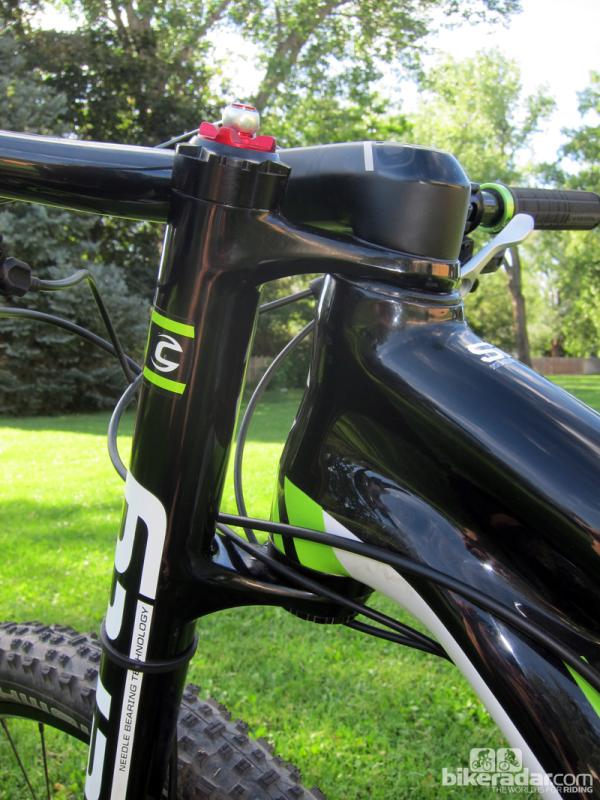
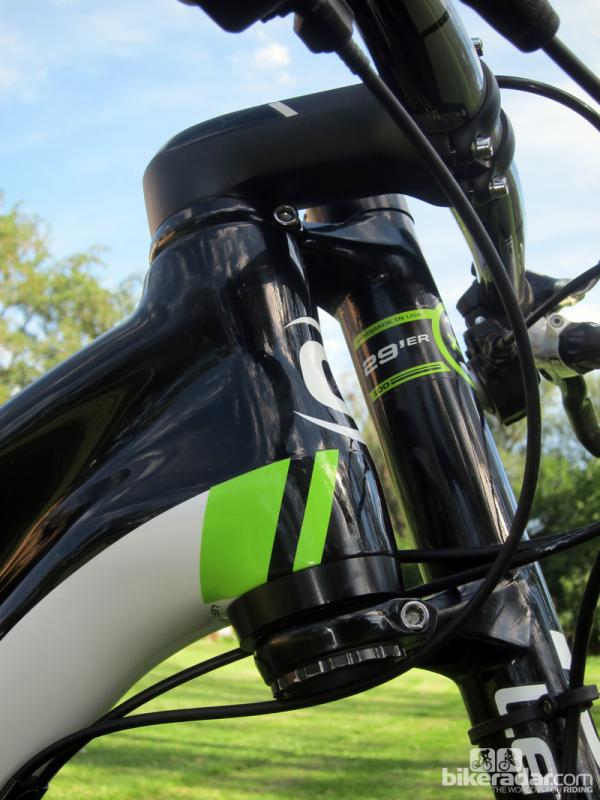
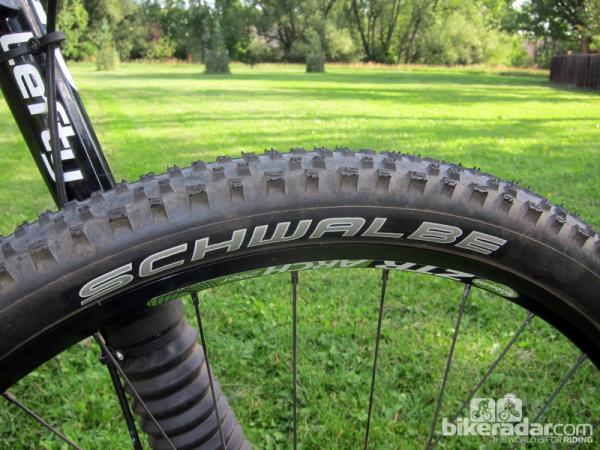
Many 100mm-travel 29ers can happily serve double-duty as trail bikes but the Cannondale Scalpel 29'er Carbon 2 is a more finely specialized beast with a firmer feel and quicker reflexes. What it might lack in plushness it more than makes up in speed, though, making it a superb rig for racing or just covering cross-country trails in a hurry.
Ride and handling: Incredibly efficient and fast
Cannondale has certainly chosen an apt moniker for the Scalpel 29'er Carbon 2 - imagine a mountain bike translation of that razor-sharp surgical instrument and that's pretty much what you get. As it turns out, it's also the best ride to ride it with a deft hand paying more dividends than a more brutal approach: choose a line, slice and dice, and cut your way through your chosen singletrack path with minimal resistance and lots and lots of speed.
One key to the Cannondale's immensely precise feel is its remarkably stout carbon chassis, which is extraordinarily stiff in terms of both full-frame torsion and drivetrain efficiency. Add in the always-surprisingly stiff Lefty fork and you get a fantastic level of responsiveness to steering inputs, even in high-load corners that might otherwise cause a flexier chassis to load up and unpredictably spring out at the exit.
Some riders might find the stock 71° head tube angle to be a bit on the steep side, however, and when mixed with the stiff frame and relatively short 444mm chain stays, it definitely yields very quick reflexes. Thankfully, though, buyers can swap the short aluminum head tube extension from top to bottom to kick the angles back a hair (which we did happily).
Under power, the Scalpel is simply flat-out glorious, especially when going uphill. Cannondale places the main pivot just above the inner chainring, which combines with the impressively flex-free rear end to help subtly dig the rear wheel into the ground when you stomp on the pedals. Switching to the big ring yields a touch more movement under hard pedaling but even then it's virtually unnoticeable and in fact, the Scalpel's rear end is so efficient that we almost never felt the need to engage even the platform setting on the RockShox Monarch RT3 rear shock, let alone the full lockout.
That being said, some of that incredible efficiency comes as a result of relatively firmly damped suspension components front and rear. Both ends undoubtedly work well - we were able to get full travel and definitely enjoyed the traction and fatigue benefits of full suspension - but the Scalpel still feels more firm than plush. With the added spring rate of the springy seat stays, the rear end also sometimes feels like it has less travel than it does.
We also wished for revised valving up front as the Lefty XLR fork's high-speed circuitry doesn't seem as accommodating of especially harsh, square-edge impacts as the RockShox Monarch RT3 rear shock despite the silky smooth needle bearing guts. In addition, the rebound damping could be a little quicker in some situations.
Idiosyncrasies surrounding Cannondale's proprietary Lefty front end also yield some quirks in rider positioning. Head tube lengths are identical across the size range and measure a comparatively long 135mm from end to end - a whopping 45mm longer than some of the shortest conventional head tubes currently used in modern 29ers.
As a result, we could only just barely achieve parity between the saddle and handlebar heights even with the stock -15° stem and it's worth noting that smaller riders would have an even harder time. Cannondale offers the option of a standard steerer and clamp-on stem but that route foregoes some of the weight saving benefits of the OPI integrated setup.
Frame: wonderfully light but awesomely stiff
That Cannondale was able to produce such a rock-solid chassis with an actual frame weight of just 2,120g (4.67lb, medium, with shock, seatpost collar, derailleur hanger, and requisite hardware) is testament to careful composite design. Case in point is the carbon rear triangle, which foregoes conventional dropout pivots in favor of flattened seat stays with tuned flex patterns to accommodate changes in geometry as the swingarm moves through its 100mm of travel.
As expected, the front triangle tube cross-sections are enormous - especially up around the head tube area - as are the asymmetrical chain stays and the seat stays, which are flattened to accommodate changes in geometry as the rear end moves through its travel. In addition, the seat tube is highly asymmetrical as well, the rear end is tied together with Syntace's bolt-on 142x12mm thru-axle, and the full-length housings are secured to the down tube with tidy aluminum clamps. Down below is Cannondale's familiar BB30 bottom bracket design but with press-fit cups.
It's the smaller details that strike us as more impressive, though. For example, rather than use conventional blind pivot axles that independently thread into a central shaft from the outside, Cannondale uses a thru-axle setup at the main pivot and the bottom of the shock link. According to Cannondale, rigidly clamping things together in this fashion decreases twist under load - a goal that has seemingly been accomplished with aplomb here.
In addition, the shock link itself is a notably stout chunk of aluminum and the seat stays are further tied together with a bridge on the bolt-on cap.
Other subtle touches include a sandwich-style rear derailleur hanger for improved shift precision, flares around the upper shock link pivot to protect your legs from the protruding hardware, pivot design, rear derailleur hanger, flared seat tube to shield the linkage pivot, and even a pivoting housing stop to maintain smooth cable paths to different brands of direct-mount front derailleurs.
Equipment: Lightweight, no-compromise performance
Cannondale's flagship Scalpel 29'er Carbon 1 utilizes the same frame but a higher-end build to shave roughly a kilogram of weight - but at an extra cost of US$2,300. Weight weenies with deep pockets will obviously want to go that route but otherwise, the Scalpel 29'er Carbon 2 leaves little to be desired and it's already quite light at 10.98kg (24.21lb, complete, without pedals).
Cannondale builds the second-tier Scalpel with a diverse mix of components: a carbon fiber 2x10 crankset, Elixir 9 disc brakes, an X9 front derailleur, and PG-1070 cassette from SRAM; Shimano's awesome XTR Shadow Plus rear derailleur with its built-in one-way friction clutch cage and Deore XT trigger shifters; a KMC chain; and custom wheels built with Stan's NoTubes ZTR Crest tubeless rims, DT Swiss Competition butted spokes and Cannondale's own Lefty SL front and Sun-Ringlé Dirty Flea rear hubs.
Shift action front and rear was quick and positive (although with noticeably more lever effort on the rear due to the clutch); the brakes eventually settled in with firm levers, excellent power, and quiet operation; and while a bit flexier than we'd like in particularly hard and tight corners, the Stan's wheels are impressively light, a breeze to set up tubeless with the included valve stems, and provide good casing support to the voluminous, fast-rolling, and surprisingly grippy Schwalbe Racing Ralph tires.
Likewise, we have little to complain about with the cockpit components. The trick OPI one-piece forged aluminum stem and steerer tube is amply rigid and cleverly saves weight, the Truvativ Noir T30 flat carbon bar is usefully wide at 700mm across, the fi'zi:k Cyrano aluminum seatpost is secure and easy to adjust, and the matching Tundra 2 saddle - while very firm - is nonetheless very comfortable even after long days on the trail. If we really have to nitpick, we'd argue that the stock lock-on grips offer a secure hold but too little padding.
True, certain substitutions could save a few grams - Shimano's standard XTR rear derailleur and a 160mm front rotor instead of the 180mm one included, for example - but the stock bits are wisely chosen with good benefit to go along with the extra mass. In fact, unless you're after the absolutely lightest in Cannondale's Scalpel 29'er range, we'd say there's no reason to spend any more - the Scalpel 29'er Carbon 2 is simply brilliant as is.
Price: US$5,300
Weight: 10.98kg (24.21lb, complete, without pedals); 2,120g (4.67lb, medium frame only, with rear shock, seatpost collar, rear derailleur hanger, and cable hardware)
Available sizes: small, medium (tested), large, extra-large
Cyclingnews verdict: 4 ½ stars
More information: http://www.cannondale.com
Complete bicycle specifications
Frame: Cannondale Scalpel 29'er Carbon, 100mm-travel
Available sizes: small, medium (tested), large, extra-large
Rear shock: RockShox Monarch RT3
Fork: Cannondale Lefty 29'er XLR, 100mm-travel
Headset: Cannondale HeadShok Si
Stem: Cannondale OPI
Handlebars: Truvativ Noir T30 flat, 700mm
Tape/grips: Cannondale lock-on
Front brake: Avid Elixir 9, 180mm rotor
Rear brake: Avid Elixir 9, 160mm rotor
Brake levers: Avid Elixir 9 Carbon
Front derailleur: SRAM X9
Rear derailleur: Shimano XTR Shadow Plus
Shift levers: Shimano Deore XT
Cassette: SRAM PG-1070, 11-36T
Chain: KMC X10SL
Crankset: SRAM S2210 BB30, 39/26T
Bottom bracket: SRAM PF30
Pedals: n/a
Rims: Stan's NoTubes ZTR Arch, 32h
Front hub: Cannondale Lefty SL, 32h
Rear hub: Sun-Ringlé Dirty Flea, 32h
Spokes: DT Swiss Competition, 32h
Front tire: Schwalbe Racing Ralph Evo, 29x2.25"
Rear tire: Schwalbe Racing Ralph Evo, 29x2.25"
Saddle: fi'zi:k Tundra 2
Seat post: fi'zi:k Cyrano